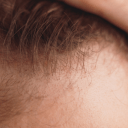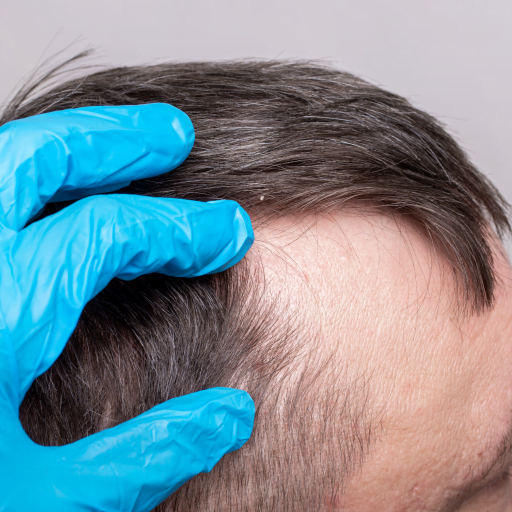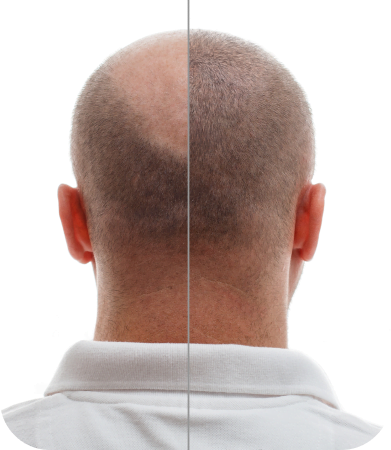Finasteride (Propecia) for Hair Loss
Located in Sarasota and also serving Tampa, Florida, Hair Transplant Center is ready to give you the best service and bring back the confidence in you.
You might worry about having hair loss at the temples or on top of your head. Lots of men fret over this. But just remember, hair loss is natural. In America, two-thirds of men will lose hair by the time they are 35. When they are 50 years old, 85% of men have lost their hair.
You probably have done more to deal with hair loss than many other men. We are sure that you have started looking for ways to stop, prevent, or reverse male pattern baldness. The good news is treating hair loss is easier than you think. To tell the truth, fighting hair loss can be simple and effective for many men who are experiencing it. However, you must be patient and willing to commit to a long-term treatment program.
Some men lose their hair. Why? There are a few reasons. They might not have the right information about the hair loss treatments that work. They may not know which is best for them. However, there are some treatments that can slow baldness or even stop it altogether. Unfortunately, there is a lot of misinformation about these treatments, and men need to find out what works best for them before deciding on anything in particular. Consulting an expert is crucial.
You may be feeling very self-conscious about your hair loss, but real, lasting hair loss solutions are not quick fixes. The solution requires time and commitment. One such treatment that takes time to see results is finasteride, often called by the brand name Propecia.
So, does the finasteride actually work? Let’s learn more.


